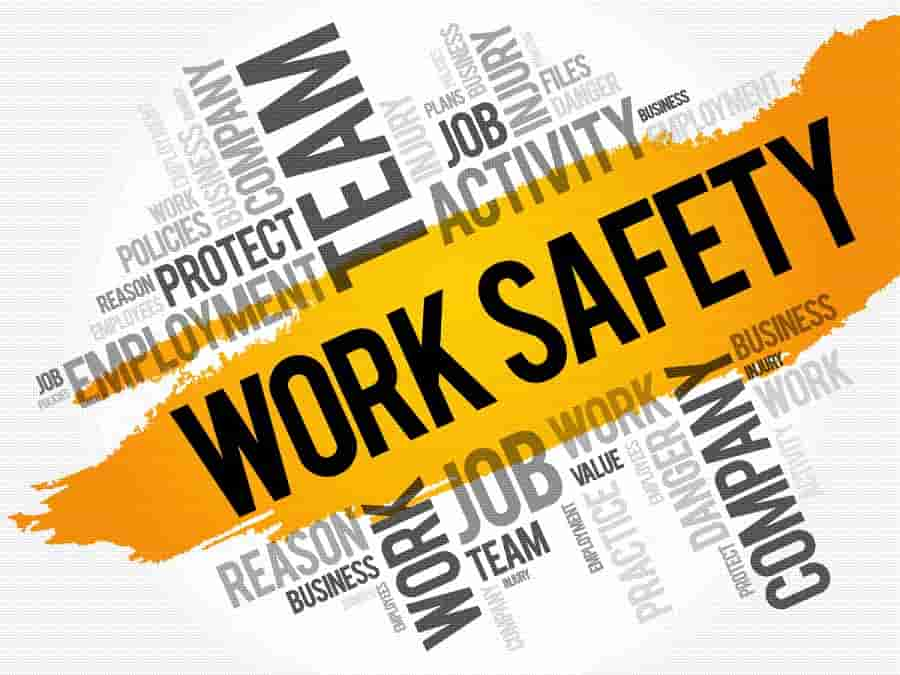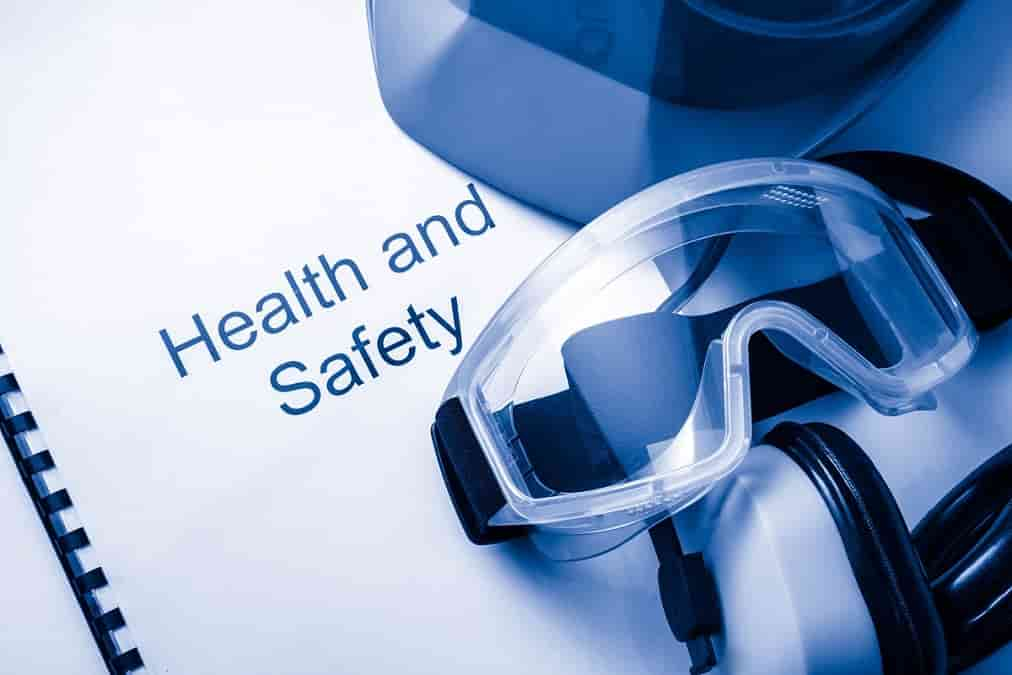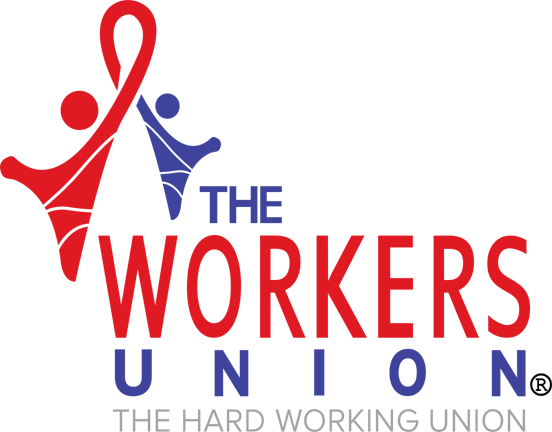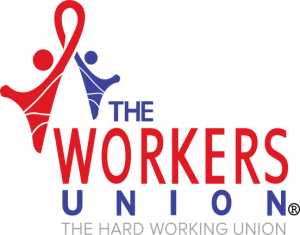Health and Safety at Work
Employers have a fundamental duty of care towards their staff. This means they must protect the health, safety and welfare of their employees and other people who may be exposed to risks arising from work-related activities.
The Workers Union is here to defend your right to health and safety at work. If you’ve had an accident in the workplace or you’re worried and just want some expert advice, join our family and get protected now.
It doesn’t matter whether you’re employed in a warehouse, on the frontline of the NHS, in a shop or in an office. The Workers Union is here for you, whoever you are and wherever you work.
How the Workers Union Protects you from Negligent Employers
The Health and Safety at Work Act 1974 is a law that has been in place since 1974. It is the foundation of health and safety legislation in the UK. The HASAWA sets out the employer’s responsibilities to their employees. It also outlines the basic requirements for safe working conditions.
It is important for every worker to be aware of the HASAWA and their employer’s responsibilities for health and safety. If your employer fails to take your concerns seriously, then you should report the issue to the HSE. A union can also provide support to employees who are facing disciplinary action due to a health and safety breach.
With The Workers Union you’re only a few swipes away from the information you need. When you join us as a paid member, you’ll get access to a personal dashboard. From here you’ll be able contact our team of experts without hanging around on the phone.
This is the modern way of connecting working people to the help, advice and guidance that they need.
So if you want
- to know where you stand if you’ve had an accident in the workplace
- some advice if you think your employer is failing in their duty to follow health and safety rules
- some guidance about the ways in which the Health and Safety Executive defines a lone worker
join the Workers Union and contact our experts today.

How a Union can Help With Workplace Safety
Employees have the right to join a union, which can help them to fight health and safety breaches. A union can provide advice and assistance to employees who have concerns about their health and safety and can help them to take legal action against their employer if necessary.
A union can also support employees who are facing disciplinary action due to a health and safety breach. It can also provide assistance to employees who are facing discrimination due to health and safety concerns.
What are the Basic Health and Safety Requirements?
The basic health and safety requirements are the same for all workers, regardless of the industry they work in and the type of job they do. Health and safety legislation requires employers to provide a safe working environment for their employees and the public, to provide the necessary protective clothing and equipment, and to provide training and information on the risks associated with their job. Employers must also ensure that all workers are aware of and follow the health and safety laws.
The Health and Safety Executive (HSE) is the government body responsible for enforcing health and safety legislation in the UK. The HSE works with employers and employees to ensure that the requirements set out in the HASAWA are met.
In addition to the HASAWA, employers must comply with other health and safety legislation. These include the Control of Substances Hazardous to Health (COSHH) Regulations and the Manual Handling Operations Regulations. There are also Personal Protective Equipment at Work Regulations.
What is a Health and Safety Representative?
A health and safety representative is a person who represents the interests of employee health and safety. The health and safety representative is responsible for ensuring that the employer is meeting their health and safety obligations and that the employees are aware of the health and safety laws.
Health and safety representatives can be appointed by unions, but they can also be appointed by employers directly. The health and safety representative is responsible for monitoring the working environment and reporting any potential health and safety hazards to the employer.
What is a Health and Safety Assessment?
A health and safety assessment is a process that is used to identify potential hazards in the workplace. It involves examining the workplace environment, identifying potential hazards and assessing the risks associated with those hazards.
The assessment process also involves making recommendations for improvements to the workplace environment. It also makes provision for the introduction of new procedures or equipment to reduce the risks associated with hazards. Moreover, good assessments will ensure that employers are meeting their obligations under the HASAWA and other health and safety legislation.

Why Every Worker Should Be Aware of the Health and Safety at Work Act 1974 and Their Employer’s Responsibilities
Every worker should be aware of the health and safety laws that are in place not only to protect them, but also the public. The Health and Safety at Work Act 1974 (HASAWA) and the Management of Health and Safety at Work Regulations 1999 are the foundation of health and safety legislation in the UK. These pieces of legislation outline the employer’s responsibilities to their employees and the public and the basic requirements for safe and healthy working conditions.
Furthermore, the HASAWA requires employers to provide a safe working environment, to provide the necessary protective clothing and equipment, and to provide training and information on the risks associated with their job. The Act also requires employers to ensure that workers are aware of and follow the health and safety laws.
The HSWA supports additional regulations, codes of practice and guidance.
The Management of Health and Safety at Work Regulations 1999 sets out in detail the process of managing health and safety under the HASAWA. As part of this, an employer must assess whether it has taken sufficient measures to prevent damage and injury.
Examples of Health and Safety at Work
There are many examples of health and safety at work. The most common include the provision of protective clothing and the provision of safety equipment. Other examples are the use of warning signs, the use of safety barriers, and the use of safety nets.
What to do if your Employer Fails to Take your Health and Safety Concerns Seriously
If your employer fails to take your health and safety concerns seriously, then you should report the issue to the HSE or your union. The HSE is responsible for enforcing the HASAWA and can investigate any health and safety breaches.
If your employer fails to comply with the health and safety requirements, then the HSE can issue enforcement notices and fines. If your employer fails to comply with the enforcement notices, then the HSE can take further action, such as prosecutions and court orders.
Frequently Asked Questions
The main purpose of health and safety regulations in the workplace is to ensure the safety and well-being of employees, visitors, and the general public who may be affected by the activities carried out in a workplace. These regulations are put in place to prevent accidents, injuries, and illnesses that could arise from work-related activities.
Employers have a legal and moral obligation to ensure that their employees are provided with a safe and healthy working environment. This includes carrying out risk assessments, providing training, implementing control measures, and monitoring health and safety performance.
The frequency of health and safety assessments will depend on the nature of the work being carried out and the associated risks. Some workplaces may require daily or weekly assessments, while others may only need to be assessed annually or less frequently.
If an employee is injured in the workplace, the employer has a legal obligation to provide first aid and report the incident to the relevant authorities. The employer should ensure that the injured employee receives prompt medical attention and that their immediate needs are taken care of.
Depending on the severity of the injury, the employer may need to take further action, such as notifying the Health and Safety Executive (HSE) or other relevant regulatory bodies, conducting an investigation to determine the cause of the incident, and taking corrective action to prevent a recurrence.



